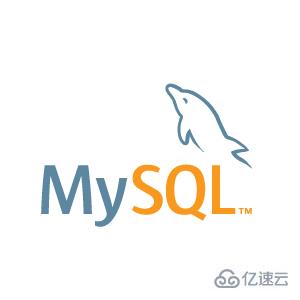

$sql="select * from article where id=1"和 $sql="select * from article where id=1"都可以得到正确的结果,但有时分开写或许能 更明了一点,特别是当sql语句比较长时。
可以用in 来实现$sql="select * from article where id ;in(1,3,5)"
$sql="select concat(id,"-",con) as res from article where id=1"返回 "1-article content"
用法: select locate("hello","hello baby");返回1 不存在返回 0
以前一直没怎么搞明group by 和 order by,其实也满简单的,group by 是把相同的结 果编为一组 exam:$sql="select city ,count(*) from customer group by city"; 这句话的意 思就是从customer表里列出所有不重复的城市,及其数量(有点类似distinct) group by 经常与AVG(),MIN(),MAX(),SUM(),COUNT()一起使用
having 允许有条件地聚合数据为组$sql="select city,count(*),min(birth_day) from customer group by city having c ount(*)>10"; 这句话是先按city归组,然后找出city地数量大于10的城 市 btw:使用group by + having 速度有点慢 同 时having子句包含的表达式必须在之前出现过
where、 group by、having、order by(如果这四个都要使用的话,一般按这 个顺序排列)
distinct是去掉重复值用的$sql="select distinct city from customer order by id desc"; 这句话的意思就是从customer表中查 询所有的不重复的city
如果要显示某条记录之后的所 有记录$sql="select * from article limit 100,- 1";
$sql="select user_name from user u,membe r m where u.id=m.id and m.reg_date> ;=2006-12-28 order by u.id desc"
注意:如果user和 member两个标同时有user_name字段,会出现mysql错误(因为mysql不知道你到 底要查询哪个表里的user_name),必须指明是哪个表的。
Atas ialah kandungan terperinci MySQL的select语句怎么使用. Untuk maklumat lanjut, sila ikut artikel berkaitan lain di laman web China PHP!




